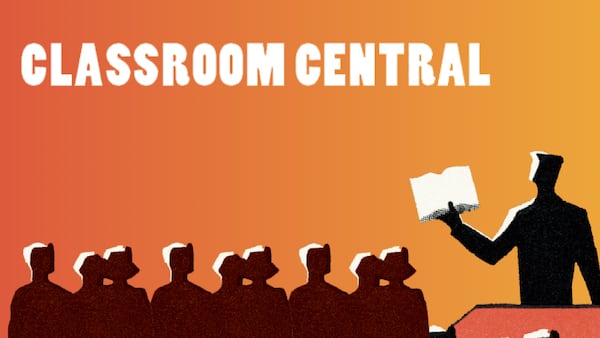Female representation in the Dail stands at a paltry 27%, despite women making up half of the population.
On the face of it, there seems to be some insidious patriarchal conspiracy afoot, depriving roughly half of female politicians their right to participate in government. This simplistic reading of statistics is often presented in the media without context, thereby leading those who simply read headlines to believe our society is characterised by systemic, gender-based oppression.
According to a 2011 peer-reviewed article published in the Journal of Adolescence entitled ‘Gender Differences in Youths’ Political Participation’ compiled by a team of five sociologists, ‘a gender gap in political engagement’ does still exist. No-one will ever refute this fact.
That being said, the article goes some way towards assessing the differences in how young men and women become politically active, thereby offering an alternative theory as to why there is such a gender based discrepancy when it comes to political representation.
For example, a 2008 Briggs study concluded that young men were more likely to vote in a general election than their female peers. Young men were also more likely to research politics online.
To read the rest of this article please follow this link: http://on.irishtimes.com/lhr05gb











